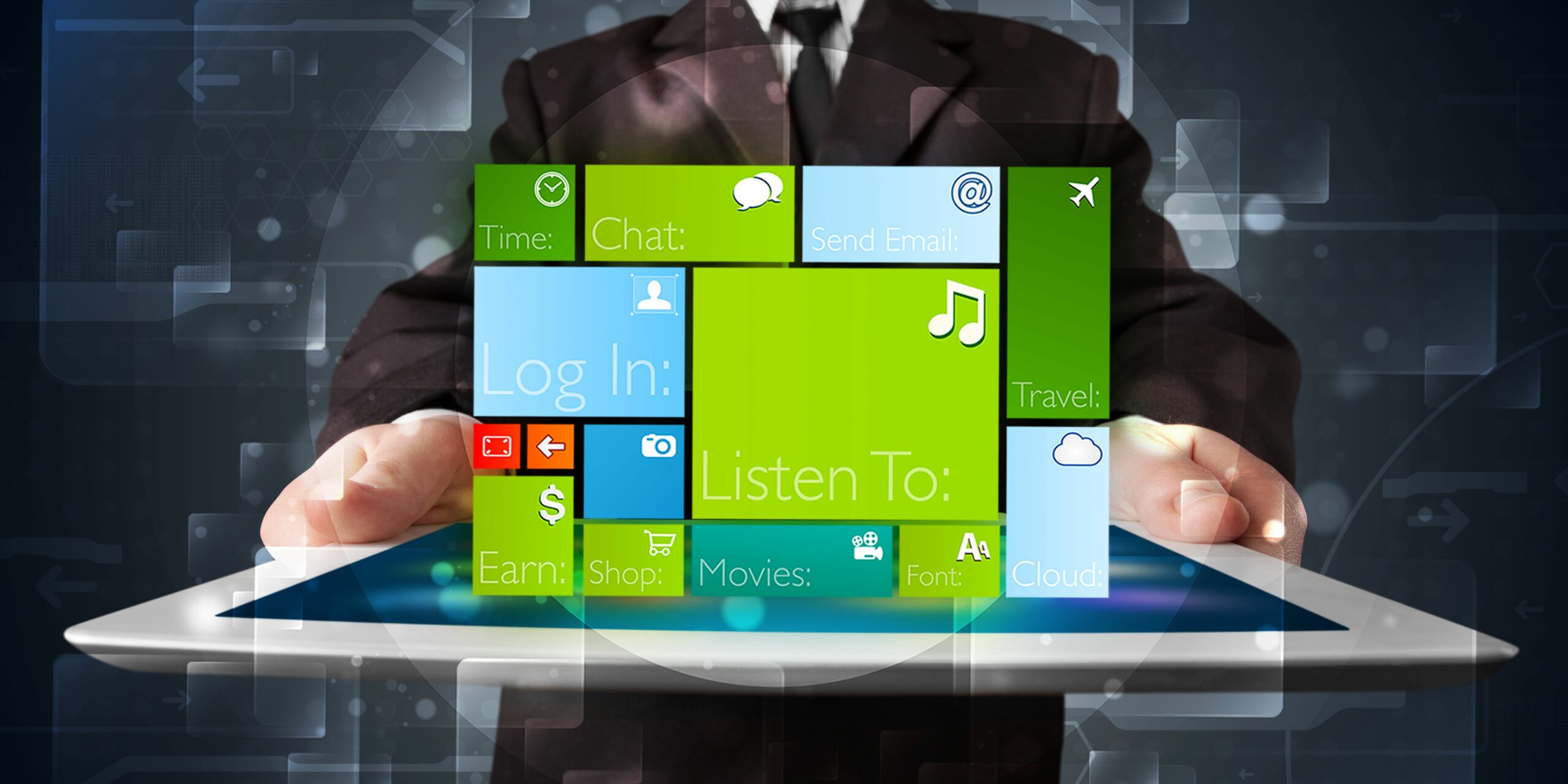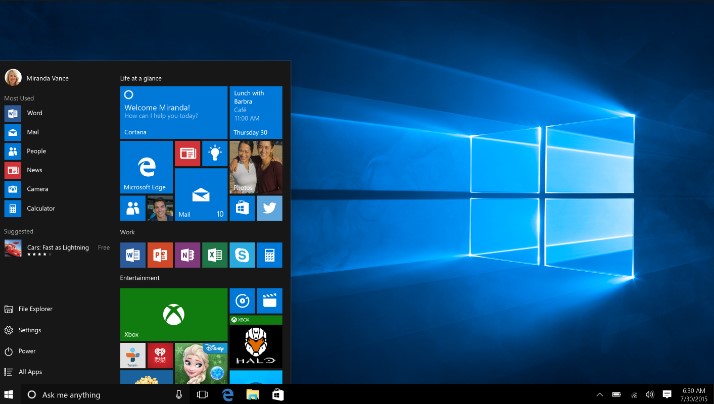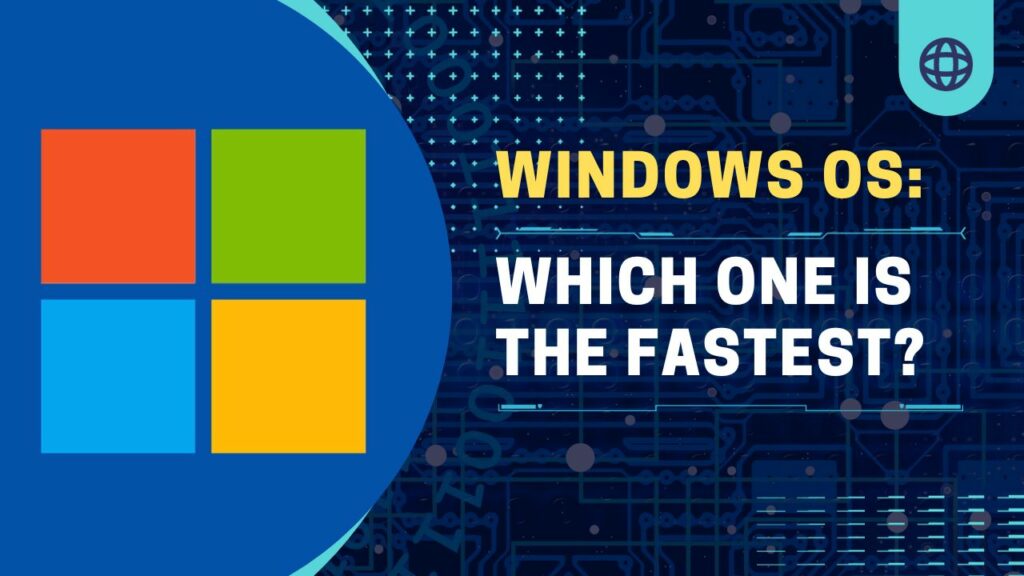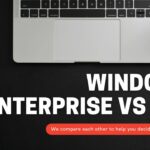 One of the most commonly asked questions among Windows users is, “Which Windows operating system is the fastest?” The speed and overall performance of an operating system are crucial factors for users, as they directly impact the user experience. In this guide, we will explore the historical evolution of Windows operating systems, the factors affecting their speed, benchmarks and testing methodologies, version comparisons, optimizations, the role of hardware, and the future of Windows OS. By the end, you’ll have a better understanding of which Windows operating system might be the fastest for your specific needs.
One of the most commonly asked questions among Windows users is, “Which Windows operating system is the fastest?” The speed and overall performance of an operating system are crucial factors for users, as they directly impact the user experience. In this guide, we will explore the historical evolution of Windows operating systems, the factors affecting their speed, benchmarks and testing methodologies, version comparisons, optimizations, the role of hardware, and the future of Windows OS. By the end, you’ll have a better understanding of which Windows operating system might be the fastest for your specific needs.
Historical Evolution of Windows Operating Systems

Windows, developed by Microsoft, has a rich history dating back to the mid-1980s. Over the decades, Windows operating systems have undergone significant evolution, marked by improvements in speed, performance, and user experience. Here’s a brief look at some key milestones:
Windows 1.0 (1985)
Windows 1.0 was Microsoft’s first attempt at a graphical user interface (GUI) on top of MS-DOS. While it was a breakthrough, it was not known for speed, as it was a resource-intensive overlay on the text-based MS-DOS.
Windows 95 (1995)
Windows 95 brought a significant speed improvement, thanks to the introduction of 32-bit architecture and preemptive multitasking. It featured the Start menu, which streamlined access to applications and files.
Windows XP (2001)
Windows XP was celebrated for its speed, stability, and user-friendliness. It offered a more efficient memory management system and improved performance over its predecessors.
Windows 7 (2009)
Windows 7 continued the trend of speed and stability, making it a favorite among users. It introduced the Aero interface and enhanced performance features.
Windows 10 (2015)
Windows 10 aimed to provide a blend of the best features from previous versions. It offered improved boot times and better overall performance. However, its speed depends on hardware and optimization.
Windows 11 (2021)
Windows 11 introduced a redesigned Start menu and improved multitasking features. Its speed enhancements were designed to work seamlessly with modern hardware.
You might also like: Windows Enterprise VS Pro: Which is Better?
Factors Affecting Operating System Speed

The speed of an operating system is influenced by various factors. These factors, in combination, determine how responsive and efficient the OS is. Here are the primary factors that affect the speed of a Windows operating system:
- Hardware Specifications: The hardware of your computer, including the CPU, RAM, and storage drive, plays a significant role in determining the speed of the OS. More powerful hardware typically results in better performance.
- Software Optimization: The efficiency of the operating system’s code and software optimizations directly impacts speed. A well-optimized OS will run faster and use fewer resources.
- Drivers: Hardware drivers that are not up to date or poorly coded can negatively affect speed. Proper driver support is crucial for optimal performance.
- Background Processes: The number of background processes and applications running can slow down an operating system. Reducing unnecessary background processes can improve speed.
- Updates and Patches: Keeping the operating system updated with the latest patches and updates can enhance speed and security.
- Startup Programs: Excessive startup programs can extend boot times and affect overall speed. Managing startup programs can help improve speed.
- Storage Type: The type of storage drive (HDD or SSD) can significantly impact the speed of tasks like booting and file access. SSDs are generally faster than HDDs.
- Malware and Bloatware: Malware and unnecessary pre-installed software can slow down an operating system. Regular scans and removal of malware are essential.
Benchmarks and Testing Methodology
To determine the speed and performance of Windows operating systems, software developers, hardware enthusiasts, and tech experts often use benchmarks and testing methodologies. These tools and methods provide objective data for comparing the speed and efficiency of different OS versions.
Popular Benchmarking Tools
- UserBenchmark: This tool assesses overall system performance and compares it with similar setups. It provides data on CPU, GPU, RAM, and storage speeds.
- PCMark: PCMark is a comprehensive benchmarking suite that evaluates different aspects of a computer’s performance, including application launch times, web browsing speed, and productivity tasks.
- PassMark PerformanceTest: PerformanceTest runs various tests on CPU, GPU, storage, and memory to determine system speed. It provides a composite score for overall performance.
- CrystalDiskMark: This tool evaluates the speed of storage drives, providing data on read and write speeds. It’s crucial to understand how storage affects overall system speed.
You might also like: Why Do Most Companies Use Windows?
Testing Methodologies
Benchmarks are typically conducted using controlled testing methodologies. Testers use identical or similar hardware setups to ensure consistency. They measure various performance metrics, such as boot times, application launch times, file transfer speeds, and gaming performance.
Windows OS Version Comparison

When comparing the speed of different Windows operating system versions, it’s essential to consider that multiple factors come into play. Speed can vary depending on hardware, software updates, and system optimization. Here’s a general comparison of key Windows OS versions in terms of speed:
Windows 7
Windows 7 is often praised for its speed and stability. It was designed to be efficient, making it an excellent choice for users looking for a balance between performance and user experience.
Windows 10
Windows 10 aimed to improve upon its predecessors’ speed and overall performance. It introduced faster boot times and better system resource management. However, its speed can be highly dependent on hardware specifications and system optimizations.
Windows 11
Windows 11 is the latest version of Windows, designed with modern hardware in mind. It offers speed enhancements, particularly on systems with compatible hardware. It’s optimized for efficient multitasking and responsiveness.
Which Windows Operating System is the Fastest?
The question of which Windows operating system is the fastest doesn’t have a one-size-fits-all answer. The speed of a Windows OS can vary widely based on hardware specifications and optimization. Here are some key considerations to help you determine which Windows OS might be the fastest for your specific needs:
Hardware Compatibility
Each Windows operating system may have different hardware requirements. Consider whether your current hardware meets the recommended specifications for the OS you’re interested in. Using an OS on compatible hardware can result in better speed.
Optimization
The level of optimization and software updates also affect speed. Ensure that your chosen OS is up-to-date and properly optimized. Windows updates often include performance enhancements and bug fixes.
User Experience
A faster OS doesn’t always equate to a better user experience. Consider your preferences and the features you need. Windows 10 and 11 offer modern user interfaces and a wide range of features, but Windows 7 may be preferred for its simplicity and efficiency.
Legacy Software
If you rely on older software that is not compatible with newer Windows versions, you may need to use an older OS like Windows 7. Compatibility with your software is a crucial consideration.
Future-Proofing
For long-term use, it’s wise to choose a Windows OS that is supported with regular updates and security patches. This ensures that your system remains fast and secure.
Windows OS Optimizations
To maximize the speed and performance of your Windows operating system, consider implementing the following optimizations:
- Update Regularly: Keep your Windows OS and drivers up to date with the latest patches and updates.
- Manage Startup Programs: Disable unnecessary startup programs to reduce boot times.
- Clean-Up Disk Space: Regularly remove unnecessary files and applications to free up storage space.
- Install an SSD: Upgrading from an HDD to an SSD can significantly improve overall system speed.
- Use Antivirus Software: Protect your system from malware, which can slow it down. Use reputable antivirus software and conduct regular scans.
- Limit Background Processes: Close unused applications and background processes to free up system resources.
- Optimize Visual Effects: In the Performance Options settings, you can adjust visual effects for better speed.
- Add More RAM: If your system allows, increasing RAM can enhance speed, especially when running resource-intensive applications.
The Role of Hardware
The hardware you use plays a substantial role in the speed of your Windows operating system. Key hardware components that influence speed include:
- CPU: A faster and more modern CPU will generally result in better overall performance.
- RAM: Adequate RAM allows for smoother multitasking and quicker application responsiveness.
- Storage Drive: An SSD is significantly faster than an HDD, reducing boot times and improving file access speeds.
- GPU: While a dedicated graphics card is important for gaming and certain tasks, it doesn’t directly impact the speed of everyday computing tasks.
- Motherboard: The motherboard connects and communicates between all hardware components. It should support the hardware you plan to use.
- Power Supply: Ensure your power supply can handle the power requirements of your components.
- Cooling Solutions: Proper cooling is essential for preventing overheating, which can slow down your system.
- Network Adapter: A faster network adapter can improve internet speeds and data transfer rates.
When building or upgrading a computer for optimal speed, carefully select hardware components that align with your performance requirements.
Future of Windows Operating Systems
As technology advances, so do operating systems. Microsoft continually works on enhancing the speed and performance of Windows. The release of Windows 11, designed with modern hardware in mind, is a testament to this effort. Windows 11 offers speed improvements, particularly on compatible systems.
Windows 11 also introduces enhanced features for multitasking, gaming, and seamless integration with Microsoft’s cloud services. While Windows 11 may be the latest version at the time of writing, future iterations are inevitable. These iterations will likely focus on even more efficient and responsive performance to meet the evolving demands of users.
You might also like: Top 5 Best OS for Software Developers in 2023
Frequently Asked Questions
Is There Any OS Faster Than Windows 10?
The speed of an operating system is highly dependent on various factors, including hardware and optimization. While some Linux distributions are known for their speed, the choice of the fastest OS can vary based on individual requirements and use cases.
Is Windows 7 Better Than Windows 10 for My Old Laptop?
For older laptops with limited hardware resources, Windows 7 may provide a smoother experience due to its lighter system requirements. However, it’s essential to consider that Windows 7 reached its end of support in 2020, making it less secure than newer versions.
Are There Any Linux OS Which Are Faster Than Windows 10?
Certain lightweight Linux distributions, such as Lubuntu and Xubuntu, are known for their speed and efficiency. These can be faster than Windows 10 on older hardware or systems with limited resources.
What Is the Best Windows 10 Build Ever?
The determination of the “best” Windows 10 build is subjective and can vary among users. However, Windows 10 version 21H2, released in 2021, was notable for its stability and performance improvements.
Conclusion: Which Windows Operating System Is the Fastest?
The question of which Windows operating system is the fastest doesn’t have a straightforward answer. Speed depends on various factors, including hardware, optimization, and individual preferences. While older versions like Windows 7 may be preferred for their efficiency on older hardware, they lack security updates. More recent versions like Windows 10 and 11 offer modern user interfaces and features but require more substantial hardware.
Ultimately, the fastest Windows operating system for you will align with your specific requirements and the hardware you use. It’s essential to regularly update your OS and drivers, optimize your system, and consider future-proofing your computing environment. Speed and efficiency are achievable by making informed choices and maintaining your system for optimal performance.





